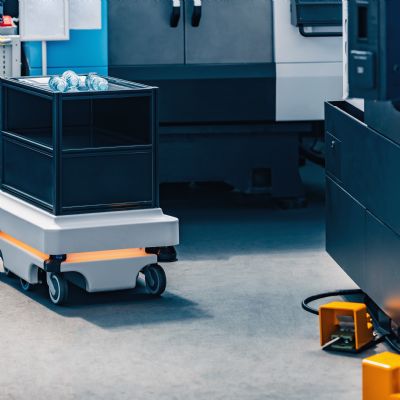Metalformers' End-of-the-Decade Checklist
February 1, 2010Comments
We all love lists. So here, in no particular order, is a list of lessons learned from cases or legal developments of this past decade.
1) Any alternative safeguarding method to lockout-tagout (LO/TO) must provide equivalent energy isolation. OSHA’s own LO/TO inspection manual and directive recognizes equivalent machine guarding alternatives to LO/TO during diesetting, but all potential energy sources need to be effectively controlled by the LOTO alternative protection. Multiple, redundant safeguarding alternatives have been accepted by OSHA. Be prepared to prove it.
2) Fatality or serious injury workplace-accident investigations shout out for immediate involvement of legal counsel. OSHA, union and worker-family-retained lawyers surface early at many accident scenes. Initial interviews of coworkers, supervisors and managers can result in slanted, erroneous misimpressions with six-figure proposed penalties and even higher civil lawsuits. OSHA regularly uses recorded interviews, videotaped machine investigations and multiple subpoenas for employer documents and historical safety consultant audits.
3) Employers need to reevaluate workplace policies as a result of the passage of the Lilly Ledbetter Fair Pay Act and the new Americans with Disabilities Act Amendments Act (ADAAA). Compensation studies can help avoid unfair pay disparities to protected minorities. Under the ADAAA, in disability-claim cases the main inquiry is no longer whether an applicant or employer is considered disabled, but what the employer must do to accommodate a disability. This could lead to challenges to a company’s rigid return-to-work policy, say within 30 days after taking leave, by workers out on multi-month personal or medical leaves. Job descriptions may need to be similarly revised. And, the EEOC is receiving a major surge in claims in this layoff economy.
4) Mass layoffs require comprehensive planning, legal evaluating and documentation of selection criteria and disclosure. The WARN law, ERISA protections and EEO statues interact and impact layoff decisions. Class actions abound.
5) No employer is too small to lack basic employment policies. Reality check: Even if you’re a small employer, use temp agency workers or outsource the H.R. function. Being too busy or too poor to take the time and spend the money to develop proper employment policies about harassment, discrimination, workplace complaints, holidays, leaves of absence, expectations of behavior at work creates more work and expenses in the end—things happen and disputes develop. This mistake snowballs when the first employee problem surfaces and there is no handbook procedure or structural rules within which to address it. It won’t improve by itself. It won’t just go a. It is one of the fastest growing areas of employment law.
6) Keep your sales, order-entry and payment-terms documents up to date. Cash is still king. Sales, collections and tooling ownership issues rise in these difficult economic times. The “battle-of-the-sales-forms” still requires the “magic language” clauses to provide maximum legal protection in the event of growing disputes. Attorneys’ fee clauses should be included for collection leverage.
Keep this list in mind as we head into this new decade. MF
Technologies: Safety
Comments
Must be logged in to post a comment. Sign in or Create an Account
There are no comments posted. Safety
SafetyStone City Products Earns Recognition for its Safety and Hea...
Tuesday, October 8, 2024
 Safety
SafetyNew Safety Standard Addresses Integration of Industrial Mobi...
Monday, October 16, 2023






